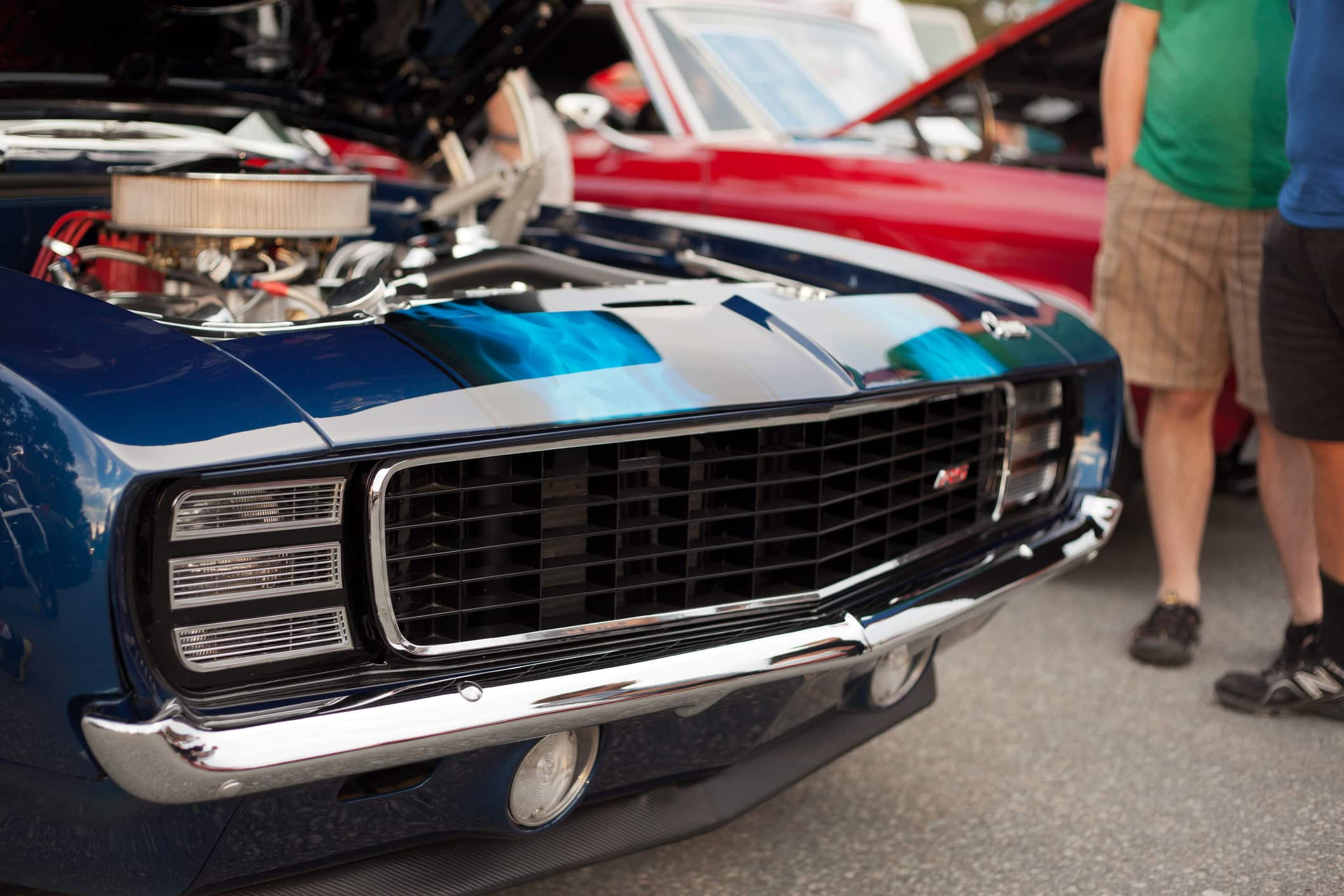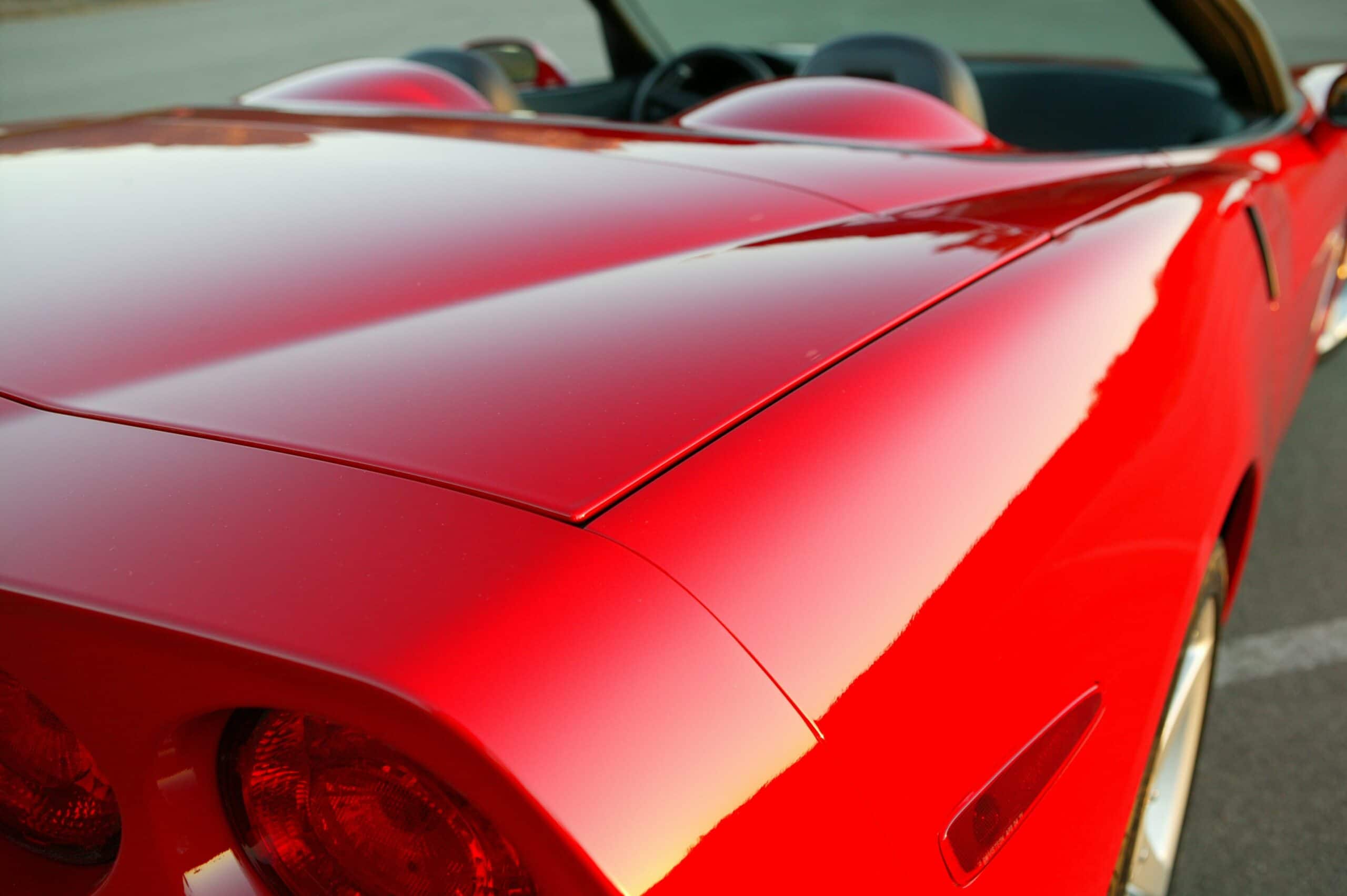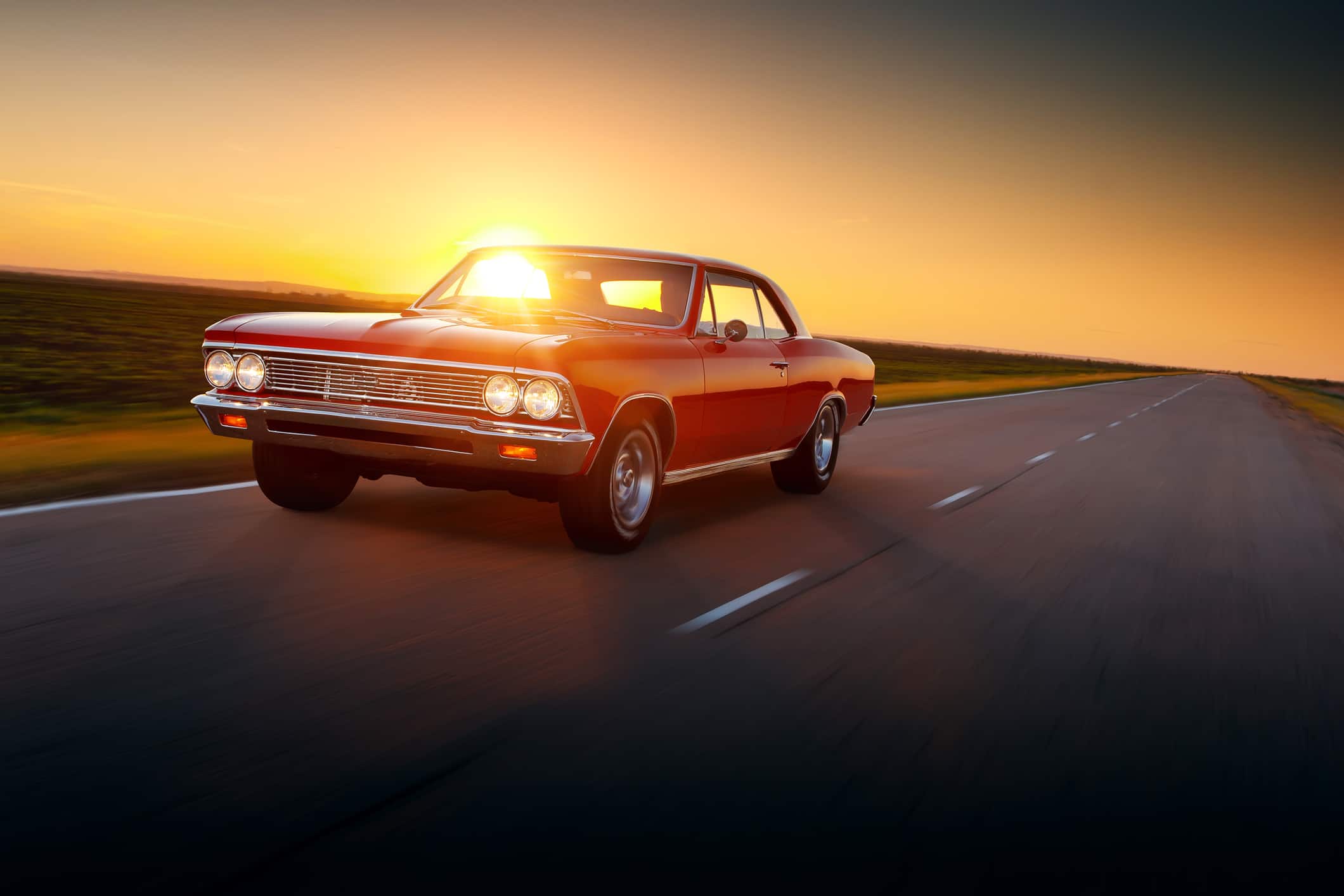
The 4L60E refers to a series of General Motors transmissions manufactured and introduced for sports utility vehicles, cars, and trucks. It significantly improved its predecessor, the 4L60 transmissions, which included upgrading hydraulics to electronically controlled transmissions. Despite its flaws, the Chevy 4L60E Transmission delivers exceptional performance, which is why many Chevy owners love it. This article highlights the evolution of the 4L60E transmission, how it shifted V8 engines in Chevys, and more.
What You Should Know About The Chevy 4L60E Transmission
The 4L60E transmission is a 4-speed gear system – i.e., it utilizes four forward gears and one reverse gear – ideal for street performance and retrofitting because they can be modified easily. Its major characteristics include:
- 8.4 quarts (9.64-inch torque converter), 11.4 quartz (11.81-inch torque converter), or 14 quartz fluid capacity. The 4L60E transmission versions with a deep pan or sizeable cooling circuit required 14 quartz.
- Longitudinal mount
- Four forward gears
- 60 relative torque rating of 360 lb-ft.
- Compatible with V6 and V8 engines
- Electronic valve body with varied ratios for optimal performance
The 4L60E transmission’s additional features and notable improvements over the years include the following:
- Increased torque capacity in 2001
- Modified downshift solenoid and 6-bolt tail shaft in 1996
- A pulse width modulated torque converter was added in 1995.
The 4L60E transmission is the gear system to turn to when upgrading a modern vehicle or restoring a vintage automobile. It is the preferred trans for vehicles used for long road trips or on rough terrains. It weighs 146 lbs., but adding the recommended transmission fluid for the 4L60E takes it all up to 162 lbs.
Although a manual gearbox may be a race driver’s choice, the 4L60E transmission’s exceptional capabilities are the best option. The 4L60E doesn’t utilize hydraulic pressure but uses actuators and electronic solenoids for controlling the clutch, valves, and bands, giving more than enough room for gear shifting. This significantly boosts the transmission’s performance and fuel economy.
Gear Ratios
The 4L60E transmission offers a wide range of gear ratios, with the first gear ratio perfect for pulling off very quickly under acceleration. It is also the gear ratio of choice for pulling/carrying a heavy load or off-road driving.
The fourth gear, which is the overdrive gear, permits the achievement of lower revolutions per minute at cruising speeds and a potentially higher overall top speed.
Here are the gear ratios of the 4L60E transmission:
- First gear – 3.06:1
- Second gear – 1.62:1
- Third gear – 1.00:1
- Fourth gear – 0.70:1
- Reverse – 2.29:1
Strengths of the 4L60E Transmission
The 4L60E transmission is known for its remarkable strength and capability of transmitting lots of torque and power from truck applications and performance automobiles. It is used in vehicles weighing as much as 8,600 lbs. gross vehicle weight, making it the go-to transmission for the ever-dynamic transmission building aftermarket. General Motors manufactured the high-performance versions of the 4L60E, and it is used extensively in several vehicle models such as:
- The Chevrolet Corvette
- The Chevrolet Impala SS
- The Australian-built Pontiac GTO
- The Chevy Camaro
- The Pontiac Firebird
Chevy has the highest number of models – i.e., up to 16 Chevy models – that utilized the 4L60E transmission that shifted V8 engines for decades. But the company eventually stopped using this transmission in 2014 when it appeared for the last time on the Chevrolet Express.
As mentioned earlier, the 4L60E utilizes two-shift solenoids for actuating gear changes. These solenoids were known as Shift Solenoid A and Shift Solenoid B in the early versions of this transmission. At the time, the PCM could easily achieve four distinct gear ratios by turning them on and off in pre-set patterns.
However, the names were changed to 1-2 Shift Solenoid and 2-3 Shift Solenoid, respectively, in compliance with OBDII regulations.
Since the goal of General Motors was to eliminate the reliance on hydraulic pressure when making gear changes, the company improved fuel efficiency and performance using a computer that could swiftly interpret data derived from speed sensors. This made it possible to decide the ideal period to shift gears using solenoids.
The Pulse Width Modulation (PWM)
The Pulse Width Modulation torque converter clutch solenoid present on all late models of the 4L60E transmission allows a seamless application – and release – of the torque converter clutch. In addition, the adapted or modified valve body controlled by a solenoid and electronic actuators make the 4L60E transmission readily controllable with a unique modern electronic transmission controller called the COMPUSHIFT.
The 4L60E Transmission Control with the COMPUSHIFT
The 4L60E transmission has a 13-pin or 15-pin case plug. Currently, only a handful of transmissions still use the 13-pin case plug. Experts highly recommend upgrading to the 4L60E, which utilizes the 15-pin case plug. A 17-pin case plug also exists but is only employed with the 4L70E equipped with the internal mode switch.
Benefits and Drawbacks of the 4L60E Transmission
Before overriding your existing gear with a solid 4L60E transmission, knowing the benefits and drawbacks of the latter is essential.
Here are the benefits and drawbacks of the 4L60E transmission:
Benefits
- Firm and complete control of every aspect of the shift
- Shift firmness or adjustment is controlled easily
- Controllers of the 4L60E transmission make everything easy as they help establish exact shift points.
- Enhanced torque capacity
- Solid fuel economy performance
- Super easy calibration of the speedometer
- Super-fast transmission
- Changes can be made easily to the shift points and line pressure
- Adjusting the shift points from the interior is possible, making it less stressful.
Drawbacks
The 4L60E transmission may be one of the most efficient gear systems on the market, but it has several drawbacks you should be aware of. Here they are, arranged in no particular order:
- Users need to add a TPS input alongside a carburetor
- Setting it up is pretty expensive due to the need for an external controller
- Push-in clips leak frequently and may require constant replacement
- Shifts are sometimes delayed and harsh, while a few even stop working altogether. It is common for some shifts to get worn out.
Conclusion
The chevy 4L60E transmission belongs to the series of electronically operated automatic transmissions – and the most versatile – built by General Motors. It is the electronic version of its predecessor, the 4L60 transmission. It remains the perfect choice for upgrading your vehicle or restoring a vintage one.


